Introduction: Resistors come in many forms, and their resistance can be fixed or variable. They are categorized into types such as fixed resistors, variable resistors, carbon film resistors (RT), metal film resistors (RJ), power resistors, small power resistors, and more. Each type has a unique symbol, often represented by the letter "R". In this article, we will explore the resistor symbols in detail. While some may find them confusing, this guide aims to simplify and clarify everything you need to know about resistor symbols.
1. What is a Resistor?
A resistor is an electronic component that limits or regulates the flow of electric current in a circuit. Its symbol is "R", and it is measured in ohms (Ω). The resistance is an inherent property of the material, meaning it exists regardless of whether current is flowing through it. Even when current stops, the resistance remains in place.
2. Fixed Resistor Symbols
Fixed resistors have a constant resistance value and are denoted by the symbol "R". There are two common graphical representations for fixed resistors:
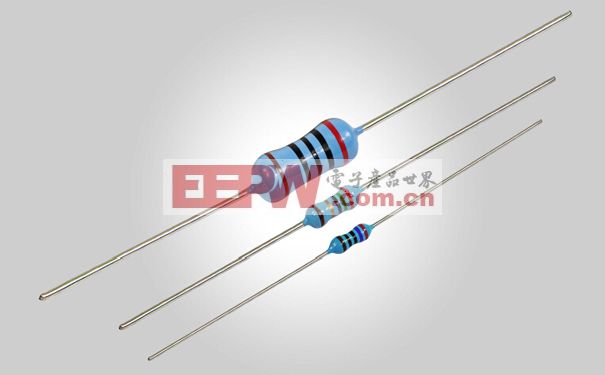

(Commonly used fixed resistor symbol)

(International recommended fixed resistor symbol)
3. Semi-Adjustable Resistor (Trimmer Resistor)
Semi-adjustable resistors, also known as trimmers, allow for fine-tuning of resistance values within a limited range. They are commonly used in circuits where adjustments are not frequent. Their symbol is also "R", just like fixed resistors.
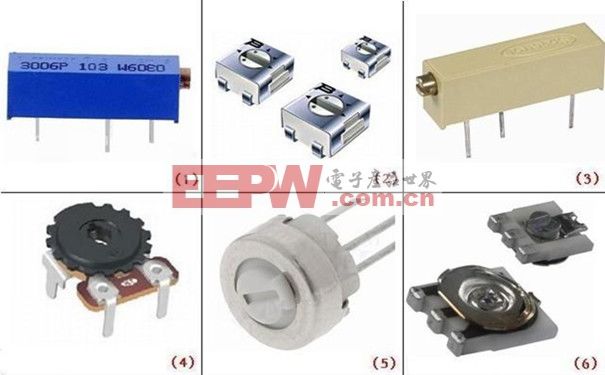

Graphic symbol for semi-adjustable resistor
4. Potentiometer Symbol
A potentiometer is an adjustable resistor with the symbol "RP" (P stands for "potentiometer"). It can function as a three-terminal or two-terminal device. Here are the graphical representations:
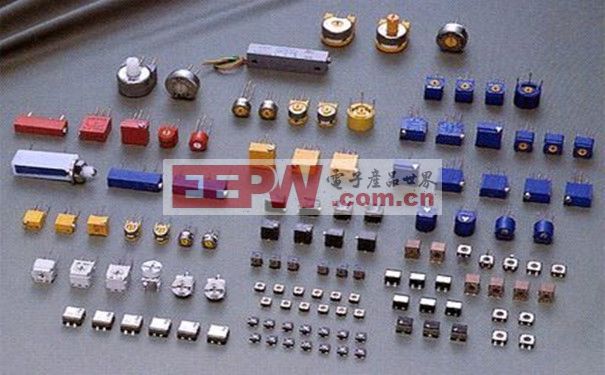

(Three-terminal component, arrow indicates adjustability)

(Two-terminal component, arrow indicates adjustability)
5. Thermistor Symbol
A thermistor is a resistor whose resistance changes with temperature. Its symbol is "RT", where "T" indicates that temperature affects the resistance. There are two main types: NTC (Negative Temperature Coefficient) and PTC (Positive Temperature Coefficient).
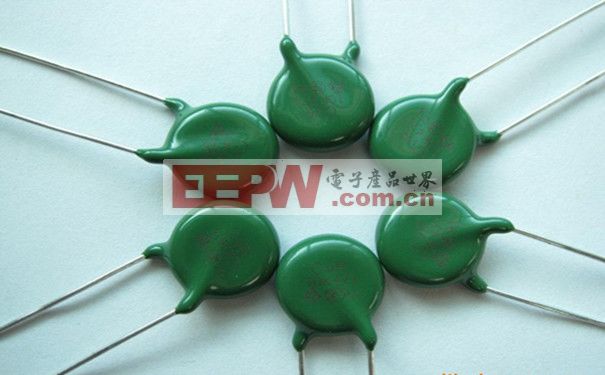

Thermistor graphic symbol
6. Photoresistor Symbol
A photoresistor, also called a light-dependent resistor, changes its resistance based on the intensity of light. Its symbol is "RL", where "L" stands for light.
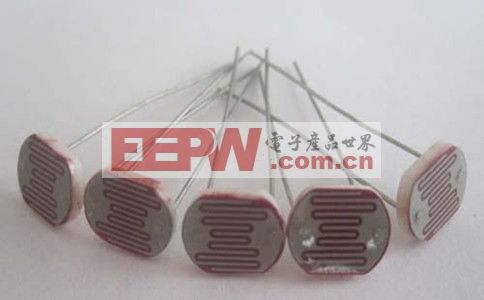

Photoresistor graphic symbol (two diagonal lines represent light)
7. Varistor Symbol
A varistor is a voltage-dependent resistor, changing its resistance in response to voltage. Its symbol is "RV", with "V" indicating voltage sensitivity.
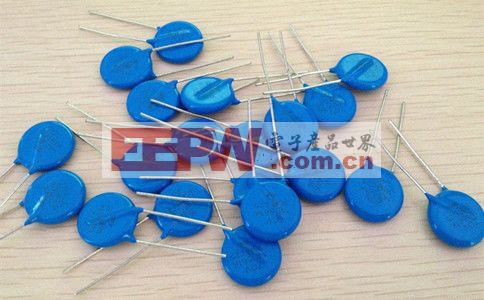

Varistor graphic symbol
8. Humidity Sensitive Resistor Symbol
A humidity-sensitive resistor changes its resistance based on environmental humidity. Its symbol is "RS", where "S" stands for humidity.
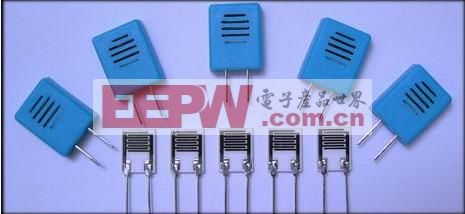
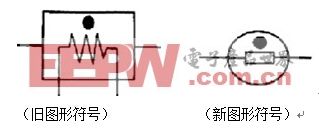
(Old symbol) (New symbol)
Resistance Symbol - Company Labeling Methods
Various manufacturers use different labeling systems for resistors. For example:
China's labeling methods

Japan Sony Corporation notation

Japan Sanyo Company labeling

Japan Toshiba Corporation labeling

Japan Matsushita company labeling

Japan Hitachi Co., Ltd.

Dutch Philips company labeling

Resistance Symbol - Fixed Resistor Text Symbol Rules
Resistors are categorized based on materials and functions, such as carbon film (RT), metal film (RJ), wirewound (RX), etc. The text symbols help identify each type. For instance:
The first letter usually denotes the component type (R = resistor, W = potentiometer). The second letter refers to the material (T = carbon, J = metal, X = wirewound). The third letter represents performance or size (X = small, J = precision, G = high power).
Understanding these rules helps in identifying resistors quickly. If you're new to electronics, this might seem overwhelming at first, but once you get the hang of it, it becomes much easier.
This article has covered the basics of resistor symbols, from fixed resistors to special types like thermistors, photoresistors, and varistors. If you're interested in learning more, check out related articles such as:
- 1. Circuit Diagram Symbols Guide
- 2. How to Identify Resistance Values
- 3. Introduction to Different Types of Resistors
- 4. Measuring High Value Resistors with a Multimeter
- 5. Key Parameters of Resistors
Battery For Inspection Drone,Drone Battery Maintenance,Drone Battery Repair,Drone Battery Safety
Shenzhen Jentc Technology Co., LTD , https://www.phenyee.com